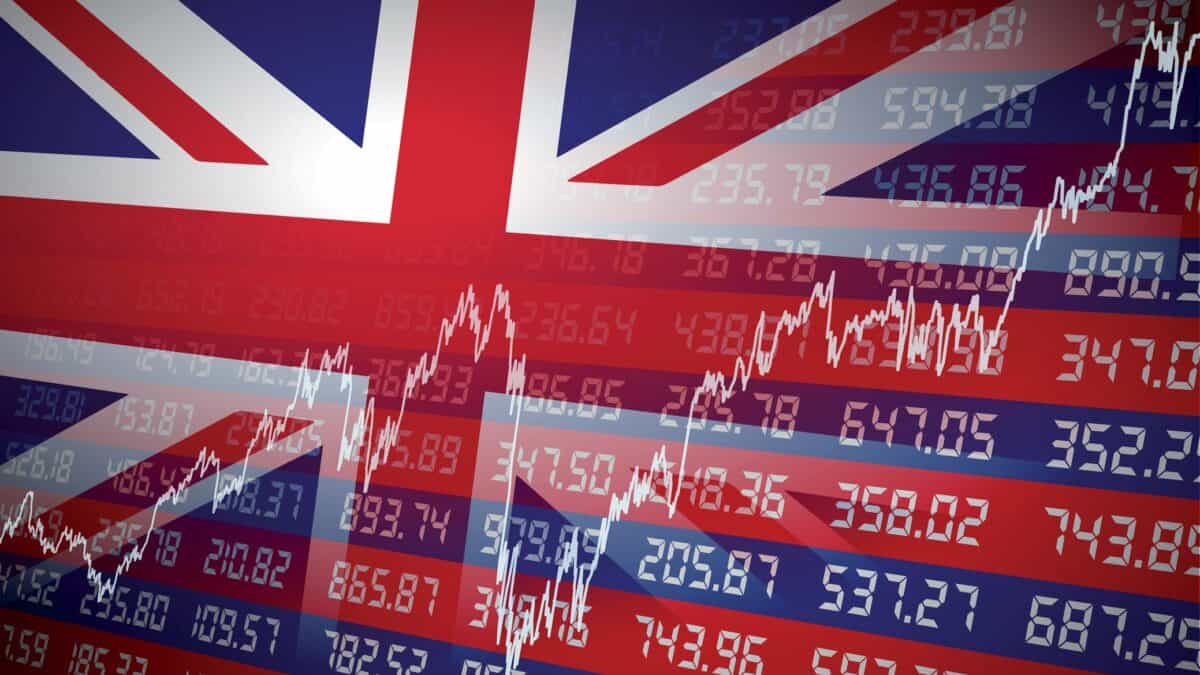I sometimes think that the best FTSE 100 shares to buy are the ones that have performed the worst. That allows me to buy them at a lower valuation and typically grab a higher yield, too. This requires patience, though. Companies can take a long time to find their way again. The following two are down 15% in the last month. Is this my moment?
The first is Glencore (LSE: GLEN). I bought the mining giant twice last year, in July and September, at an average entry price of 458.33p. At today’s 410.3p, I’m down 10.48%. Bah.
FTSE 100 recovery stocks
Over one year, the Glencore share price is down 9.95%. However, it’s up 75.02% over five years, which shows it can do well when conditions are right. Unfortunately, all isn’t right with the world today.
The mining sector has been hit hard by the slowdown in China, the world’s biggest consumer of metals and minerals. Fears of a US recession have also hammered sentiment.
Glencore’s full-year 2023 revenues plunged 15% to £217.73bn, while earnings per share crashed 74% to $0.34. I bought Glencore as much for income as growth, but there’s bad news on this score, too. The board slashed the dividend from $0.44 per share in 2022 to just $0.13 in 2023. The trailing yield is now just 2.49%. It was 6% when I bought it. Bah again.
Glencore dividends tend to bounce around a little. The board had just spent $6.93bn buying a 77% stake in steelmaking coal business Elk Valley Resources, giving it less room for largesse. The dividend per share is expected to edge up to 15.5 cents in 2024 and 20.9 cents for 2025, but it’s not the big yielder of yore.
Potentially good value
Glencore shares look decent value today trading at 11.74 times earnings. We need some positive economic news, but uncertainty is now the order of the day. This isn’t the most riveting share to buy in today’s climate, I’m afraid, but I certainly won’t sell.
Aerospace group Melrose Industries (LSE: MRO) hasn’t been flying lately either. The stock is down 8.58% over one year and 6.88% over five years. Yet despite that, it’s expensive trading at 24.91 times earnings. And yields a meagre 1.09%. No wonder it’s flown well under my radar.
On 1 August, the board unveiled what it thought was a strong set of results, with first-half revenues up 12% to £1.74bn. It hiked the dividend 33% to 2p per share and announced a £250m share buyback. All that didn’t stop the share price falling 8.5% in early trading.
Melrose said it was on track to meet 2024 guidance but reduced its 2025 revenue target from £4bn to £3.8bn, blaming supply chain issues and recent disposals. Investors looked into the company’s future, and didn’t like it.
As a private investor, I can afford to take a longer-term view. I don’t have anyone to answer to but myself. If Melrose was cheaper, I’d be tempted to buy it. But I can seen better value recovery opportunities on the FTSE 100 and I’ll buy those first.








